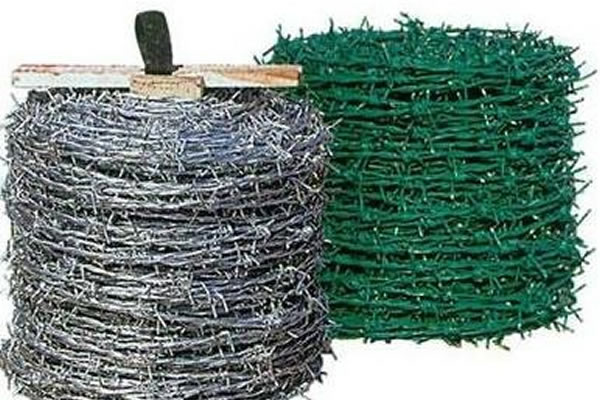 TEL:
+86-13102802206
TEL:
+86-13102802206
 Email:
fencenetting@china.com
Email:
fencenetting@china.com
 Language
Language
 TEL:
+86-13102802206
TEL:
+86-13102802206
 Email:
fencenetting@china.com
Email:
fencenetting@china.com
 Language
Language


The Symbolism and Significance of Barbed Wire on a Fence
Barbed wire, a simple yet powerful tool, can be found encircling properties, pastures, and even prisons around the world
. Its primary function is to provide security and boundary delineation, but it also carries deeper meanings and connotations that resonate with various aspects of human existence—freedom and confinement, protection and danger, nature and civilization. In this essay, we will explore the multifaceted symbolism of barbed wire on a fence, examining its historical context, social implications, and cultural representations.Barbed wire was invented in the late 19th century to improve the efficiency of fencing, particularly in agricultural settings. It allowed farmers to protect their livestock from predators and prevent their cattle from wandering onto neighboring properties. The sharp points of the wire serve as a tangible reminder of the boundaries that separate land ownership and personal space. In this context, barbed wire symbolizes the establishment of order and control within the chaotic realm of nature. It embodies the human desire to impose structure on the untamed wilderness—a metaphor for civilization taming the wild.
However, the symbolism of barbed wire extends far beyond its agricultural roots. Over time, it has become inextricably linked with confinement and restriction. Its presence is prevalent in prisons, refugee camps, and military zones, representing a stark contrast to the freedoms we often take for granted. For many, barbed wire signifies oppression and the loss of freedom. It stands as a physical reminder of the harsh realities faced by individuals in war-torn regions or under authoritarian regimes. The twisted strands evoke a sense of hopelessness—a visual representation of lives trapped by circumstances beyond their control.

Moreover, the imagery of barbed wire has been adopted in various art forms and literature to evoke strong emotional responses. Artists and writers have utilized barbed wire as a metaphor for personal struggles, relationships, and societal issues. For example, in visual art, barbed wire can be a powerful symbol of trauma or conflict, illustrating the scars left by violence or exclusion. In literature, characters may find themselves entangled in their own emotional barbed wire, struggling against the constraints of their thoughts and experiences. In both cases, the wire becomes a potent emblem of the barriers we face, both externally and internally.
Culturally, barbed wire has also found its way into political discourse. It often serves as a visual marker in debates surrounding immigration and border security. The barriers erected using barbed wire can illustrate a nation’s stance on immigration policies, reflecting fears, prejudices, and a desire for control in an increasingly complex world. In this light, barbed wire represents not only physical and political boundaries but also ideological divides—a symbol of division in a time when unity seems more crucial than ever.
Despite its associations with confinement and restriction, barbed wire can also represent resilience and strength. Many individuals have transcended their constraints, using their experiences of suffering and confinement to inspire change. Activists and social movements have emerged, challenging the ideologies that promote division and oppression. In this context, barbed wire transforms from a symbol of isolation to one of unity and hope—a call to dismantle the barriers that separate us and to recognize our shared humanity.
In conclusion, the presence of barbed wire on a fence is laden with meaning. From its origins in agricultural practice to its modern implications in social and political realms, barbed wire has come to symbolize the complexities of human nature and society. It evokes a blend of security and danger, confinement and freedom, resilience and despair. Understanding the various dimensions of barbed wire encourages us to reflect on our own boundaries—physical, emotional, and ideological. As we navigate our interconnected world, it is crucial to recognize both the barriers that limit us and the potential for unity that lies beyond them.